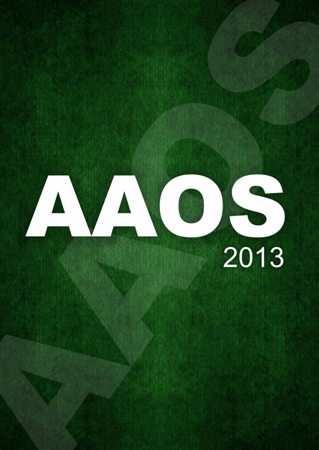
ARTHROPLASTY
AAOS: Metal ion release substantially increased with metal on metal articulation in THA
41 patients were randomized to determine the difference in metal ion release between metal on metal and metal on polythethylene articulation in total hip arthroplasty. Patients received either a metal or polyethlyene acetabular component, and were followed up for a minimum of 10 years for clinical, radiographic, and metal ion concentration outcomes. Results at 10 year follow-up indicated that metal on metal articulation led to significantly greater levels of erythrocyte cobalt, urine cobalt, and urine chromium compared to metal on polyethylene bearings. However, the increases were not associated with any component failure, revision surgery, or patients diagnosed with metal hypersensitivity.
Unlock the full ACE Report
You have access to {0} free articles per month.Click below to unlock and view this {1}
Unlock NowCritical appraisals of the latest, high-impact randomized controlled trials and systematic reviews in orthopaedics
Access to OrthoEvidence podcast content, including collaborations with the Journal of Bone and Joint Surgery, interviews with internationally recognized surgeons, and roundtable discussions on orthopaedic news and topics
Subscription to The Pulse, a twice-weekly evidence-based newsletter designed to help you make better clinical decisions
Exclusive access to original content articles, including in-house systematic reviews, and articles on health research methods and hot orthopaedic topics
Or upgrade today and gain access to all OrthoEvidence content for just $1.99 per week.
Already have an account? Log in


Subscribe to "The Pulse"
Evidence-Based Orthopaedics direct to your inbox.
{0} of {1} free articles
Become an OrthoEvidence Premium Member. Expand your perspective with high-quality evidence.
Upgrade Now












































































